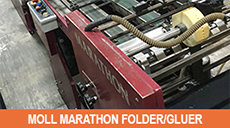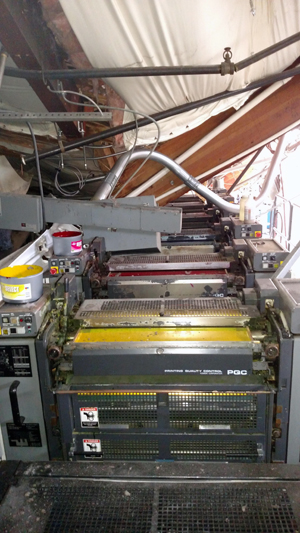
|
|
| Home › Articles › Here |
|

|
||||||||||||||||
| By: Nick Howard | Date: January 2017 | Contact the Author |
|||||||||||||||||
|
Think taking a terror-filled
ride on Zumanjaro is the
ultimate scariest you could
possibly feel? Then you
probably have not been
through the life-changing horror of a major
insurance claim. No doubt about it, the
Six Flags Great Adventure ride in New
Jersey is sure to suck the life out of you with
its 415-foot drop reaching 90 miles per
hour in just 10 seconds. Getting a phone
call explaining that your building is on fire
or the roof collapsed, however, will overcome
any fears of Zumanjaro. There are so many angles to an insurance claim that it is virtually impossible to write a guidance manual on what to do, how to do it, or – even more importantly – how to avoid the possibility of seeing your hard-earned work collapse in rubble. But there are ways and means to help prevent insurance catastrophes and I’d like to share some with you. Protecting your investment Every establishment has some type of insurance policy, but coverage is such a boring and mundane topic most of us do not dwell on it and quickly file documents away once established. Business interruption coverage is very common, but if a claim is made there is plenty of work the insured must do to prove the loss and this may come as a surprise to some. First suggestion: Keep good records and keep those records updated and in a safe place. Over the years, I have worked on both sides of an insurance claim. I’ve been hired by insurance firms, adjusters, forensic investigators, public adjusters, as well as the insured themselves. Having seen both sides of the equation, it becomes quite clear how much knowledge and communication is lacking.
In this case, we had a disturbing adjuster who seemed to relish his role and enjoy the fact he was being paid handsomely to travel across the country, write reports, argue the merits of visible damage and drive just about everyone – especially the insured – to look for sharp objects. Dealing with claims After months of deadlock, thousands of dollars spent to argue the claim, total disruption of their scheduling, lack of key machinery. which in this case was very specific and hard to replace, it came down to total anger. Usually a competent adjuster can come up with a good plan. He or she knows, that when it comes to machinery, the best the manufacturer can do is provide a ballpark repair quote and a new replacement price. But what happens when the repair comes without a firm warranty? In almost all cases, it does not. And so the claim discussion moves forward around getting new replacement machinery, which is a significant discussion point to understand. Talk to your agent and tell them you wish to be covered for full new replacement. If not, the claim continues down a rabbit hole: “The press is 12 years old? Then we need to value such an asset prior to the claim.” This is the essential problem and an active files quickly becomes a bickering and depressing period that can take years to settle and will in the end, probably – surely – mean you will come out of the whole ordeal worse off than you were before. Even with various opinions and quotations (for repairs), if the adjuster is lacking in specific knowledge and does not go out and seek someone who can provide this, then it may be impossible for both the insurer and the insured to agree on a fair settlement. There is, of course, another side to the insurance business in faulty claims or at the very least a case of very suspicious origins. We were called in by an insurance company over a claim to do with one machine – almost brand new. The story was an apparent break-in and vandalism on the press. Rags and paper were set alight placed on various parts of the press and a few control cabinets were tipped over. The heat activated the sprinklers which then put out the fire but drenched everything in the plant including offices. |
|||||||||||||||||
Contact the Author |
|||||||||||||||||
|
|||||||||||||||







